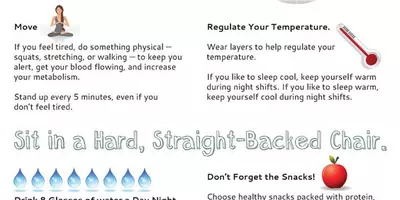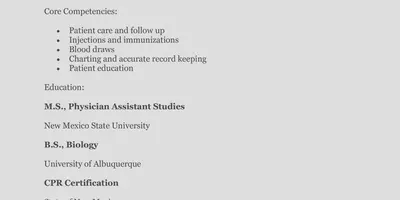
Jan 29, 2016 ● Kate Lopaze
What You Need to Know About Becoming a Paramedic
As a general rule, a paramedic is not someone you want to see—if they show up, that means something has likely gone very wrong. But as emergency first responders, they’re definitely the people you want on call for when things do go wrong. Paramedics are often the first on the scene of an accident, illness, or crisis. They perform immediate life-saving measures, if necessary, and stabilize patients en route to a hospital or doctor’s office for further diagnosis and treatment.
The Day-to-Day
Licensed paramedics, who are among the most skilled emergency responders, do not work in a 9-to-5 setting. Rather, they work in shifts around the clock, and are often on call at all hours, including weekends and holidays. The “office” may be a dispatch center or on the road in an ambulance, traveling to and from emergency calls. Paramedics provide emergency medical care and rescue services based on incoming calls or requests and can be employed by private ambulance companies, fire departments, hospitals, or other rescue agencies. Also, know that paramedics are not interchangeable with Emergency Medical Technicians (EMTs). They go above and beyond first aid and basic patient transport, having the extra training and licensing that allows them to perform advanced medical intervention if necessary—intubating patients so they can breathe, inserting IV lines, and administering medications. Becoming a paramedic is definitely not for the faint of heart. Even though the stereotypical “blood and guts” aspect is only a small part of what paramedics do (which also includes helping chronically ill patients in addition to accident victims or those with sudden or acute sickness), paramedics are often called to dangerous and active rescue scenes. Stress and on-the-job injuries can result from the hectic life of a paramedic, so potential candidates should be aware of the risks. For more on the daily life of a paramedic, read about it in this Lifehacker interview with Paramedic Andy Orin or watch this video interview with Paramedic Kelly Grayson.The Requirements
Paramedics need to complete a postsecondary degree program, pass an exam, and apply for a license. The paramedic course of study usually takes 1,200 to 1,800 hours to complete. And although every state requires paramedics to be licensed, each state may have different requirements, so be sure to check out your own state’s regulations.The Skills
Paramedics receive training in a number of areas, including:- CPR and first aid
- Patient airway treatment and management
- Pharmacology (medications)
- Traumatic injury management
- Inserting IV lines
- Basic patient medical care
- Managing acute conditions (such as diabetic shock, strokes, or heart attacks)
- General clinical training


